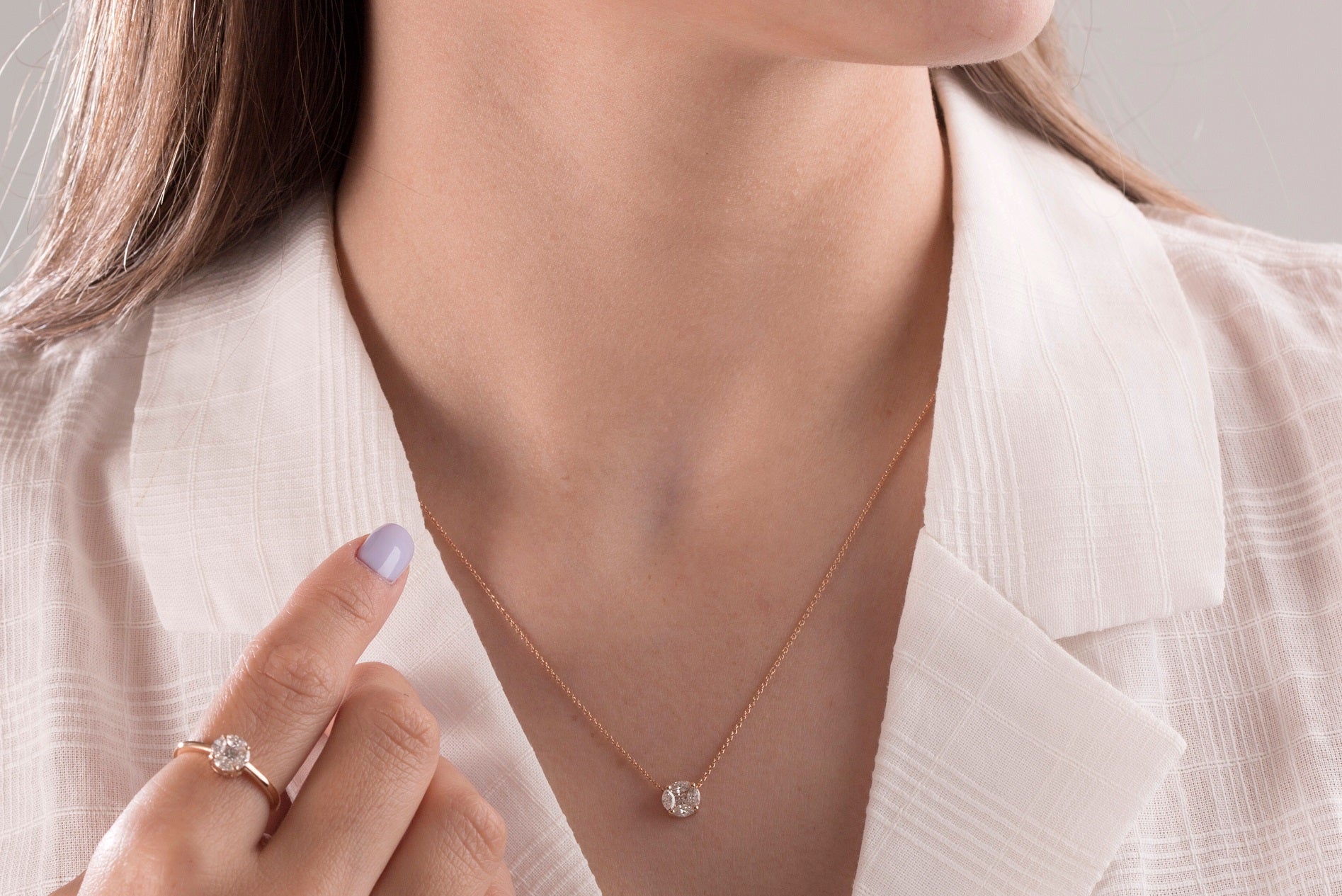When it comes to buying a ring, one of the most crucial aspects to consider is ensuring it fits perfectly. After all, a well-fitted ring not only feels comfortable but also enhances its overall aesthetic appeal. But how do you determine the right size for your finger? That’s where a ring size chart comes in handy. In this comprehensive guide, we’ll delve into everything you need to know about ring sizes, from understanding the sizing system to finding the perfect fit.
Understanding Ring Sizes
Ring sizes are not as straightforward as small, medium, or large. They are based on specific measurements that correspond to the circumference or diameter of your finger. The most common method of determining ring size involves measuring the inner circumference of the ring in millimeters. However, different countries and regions may use alternative sizing systems, such as letters or numbers.
How Ring Sizes Are Determined
The standard method for determining ring size involves using a sizing tool, which is a set of metal or plastic rings in various sizes. By trying on different rings until you find the one that fits comfortably, you can identify your correct size. Alternatively, you can measure your finger’s circumference using a piece of string or paper and then compare it to a sizing chart.
Different Ring Sizing Systems
It’s essential to be aware of the various ring sizing systems used worldwide. While the United States and Canada typically use numerical sizes ranging from 3 to 13, countries like the United Kingdom and Australia utilize alphabetical sizes, with “A” being the smallest and “Z” the largest. Other regions may use European or Asian sizing systems, which can add to the confusion when purchasing rings internationally.
Using a Ring Size Chart
Measuring your ring size accurately is crucial to ensure a comfortable fit. Fortunately, you can easily determine your size at home using a ring size chart. Here’s a step-by-step guide to help you get started:
Steps to Measure Your Ring Size at Home
- Gather Your Materials: You’ll need a piece of string or paper, a ruler, and a pen.
- Wrap the String: Wrap the string around the base of your finger where the ring will sit.
- Mark the Length: Use the pen to mark where the string overlaps.
- Measure the Length: Use a ruler to measure the length of the string in millimeters.
- Consult the Chart: Compare your measurement to a ring size chart to determine your size accurately.
Common Mistakes to Avoid
- Using Incorrect Finger: Make sure to measure the specific finger on which you intend to wear the ring.
- Measuring Too Tight or Too Loose: Ensure the string or paper is snug but not too tight or loose around your finger.
- Neglecting Seasonal Changes: Consider fluctuations in finger size due to temperature changes, especially in colder weather.
Finding the Right Fit
Once you’ve determined your ring size, it’s essential to ensure the ring fits comfortably. Here are some tips to help you find the perfect fit:
Tips for Ensuring a Comfortable Fit
- Allow for Movement: Your ring should slide on easily but not be too loose that it slips off easily.
- Consider Width: Wider bands may require a slightly larger size for a comfortable fit.
- Test in Various Conditions: Try measuring your finger size at different times of the day to account for fluctuations.
Adjusting for Seasonal Changes
Keep in mind that your finger size can change slightly throughout the day and in response to temperature changes. To accommodate for this, it’s advisable to measure your finger size during the evening when your fingers are at their largest.
Online vs. In-Store Sizing
When it comes to determining your ring size, lab created diamonds, you have the option of visiting a jewelry store in person or using online resources. Each method has its advantages and drawbacks.
Pros and Cons of Each Method
- In-Store Sizing:
- Pros: Immediate assistance from a professional, opportunity to try on different styles.
- Cons: Limited selection, may not be convenient for everyone.
- Online Sizing:
- Pros: Convenience, access to a wide range of options, ability to measure at home.
- Cons: Risk of inaccurate sizing, inability to try on rings before purchasing.
Best Practices for Online Ring Shopping
- Use Accurate Measurements: Follow the guidelines provided by the online retailer for measuring your ring size.
- Check Return Policies: Ensure the retailer offers a flexible return policy in case the ring doesn’t fit as expected.
Special Considerations
When it comes to ring sizing, there are a few special considerations to keep in mind, especially if you have unique finger shapes or preferences.
Ring Size for Different Finger Shapes
- Wide vs. Narrow Fingers: Consider the width of your fingers when determining the appropriate ring size.
- Swollen or Arthritic Fingers: Allow for extra room to accommodate fluctuations in finger size.
Resizing Options
If you find that your ring doesn’t fit correctly, don’t worry—there are options available for resizing.
- Professional Resizing: Visit a reputable jeweler to have your ring resized professionally.
- Temporary Solutions: Consider temporary sizing options such as ring guards or sizing beads.
Ring Size Chart Conversion
If you’re purchasing a ring from an international retailer, you may need to convert between different sizing systems to ensure a proper fit.
Converting Between International Sizing Systems
- US to UK/Australian Sizes: Add or subtract a specific number to convert between numerical and alphabetical sizes.
- European to US Sizes: Consult a conversion chart to find the equivalent size in your preferred system.
Tips for Accurate Conversion
- Use Reliable Charts: Refer to reputable sources for accurate conversion charts.
- Consider Half Sizes: Some charts may offer half sizes for a more precise fit.

 Why Civil Construction Companies Are the Best Choice for Developing School Facilities
Why Civil Construction Companies Are the Best Choice for Developing School Facilities  Immigration Lawyer in San Antonio: Expert Legal Assistance for Your Immigration Needs
Immigration Lawyer in San Antonio: Expert Legal Assistance for Your Immigration Needs  Diamond Initials: A Personal Touch to Luxury with Lab Created Diamonds
Diamond Initials: A Personal Touch to Luxury with Lab Created Diamonds  The Timeless Elegance of the Oval Diamond Ring with Man Made Diamonds
The Timeless Elegance of the Oval Diamond Ring with Man Made Diamonds  The Timeless Allure of Pear Diamond Engagement Rings
The Timeless Allure of Pear Diamond Engagement Rings  Sparkle with Purpose: The Beauty and Value of Lab Grown Diamond Earrings
Sparkle with Purpose: The Beauty and Value of Lab Grown Diamond Earrings  The Importance of Sod Installation and Choosing the Right Soil for Your Landscape
The Importance of Sod Installation and Choosing the Right Soil for Your Landscape  Diamond Cuts: A Guide to Choosing the Perfect Cut for Your Jewelry
Diamond Cuts: A Guide to Choosing the Perfect Cut for Your Jewelry 



